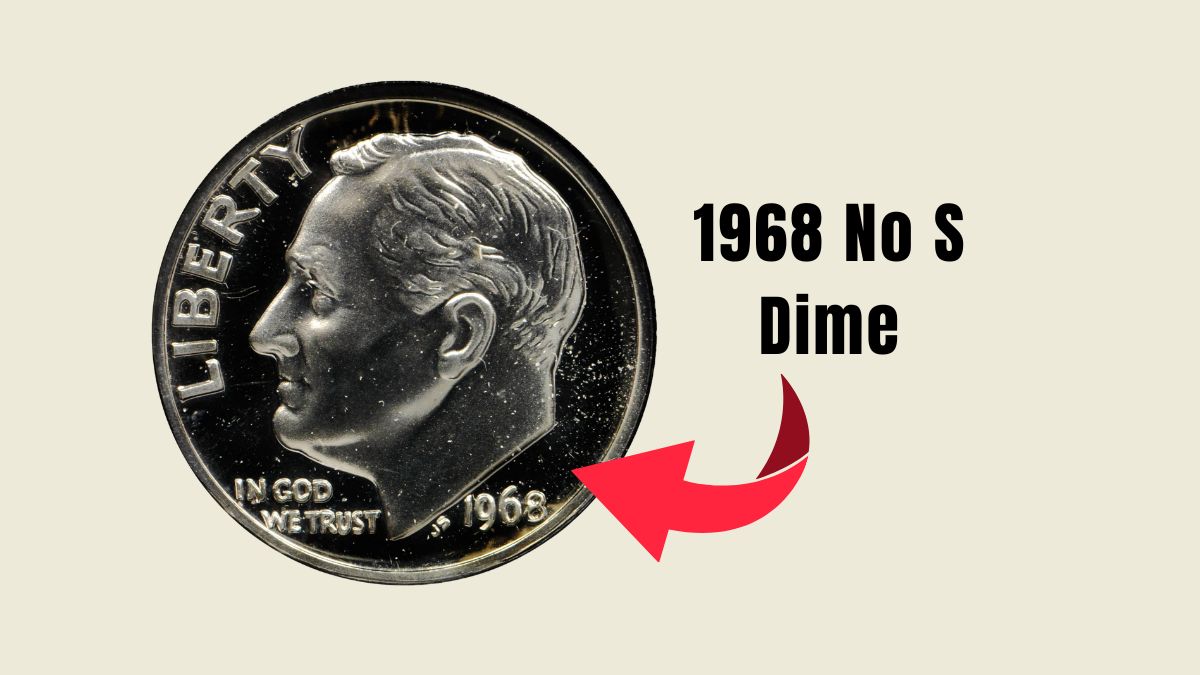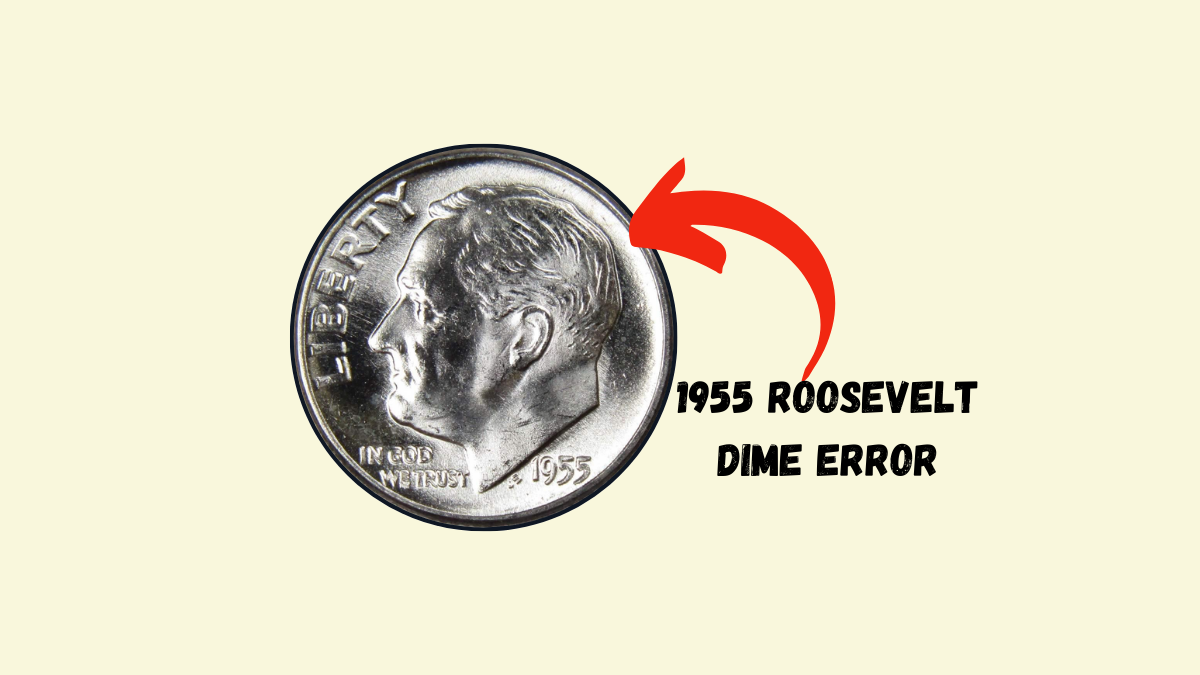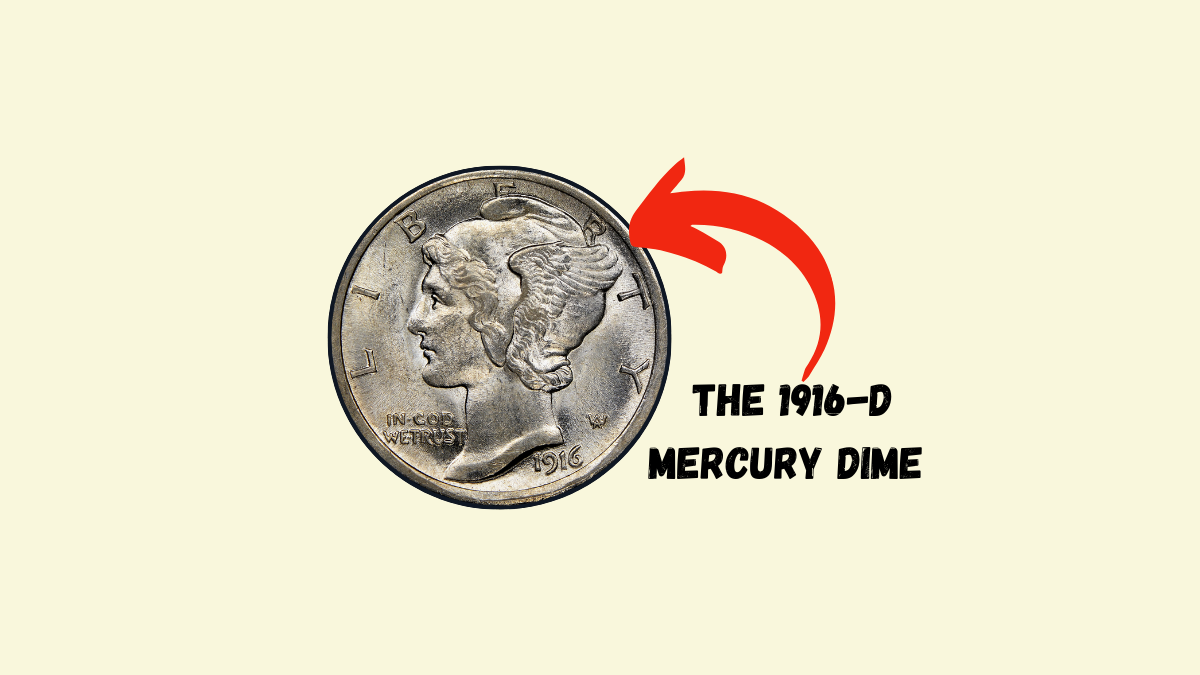The dime, the United States ten-cent coin, holds a rich history and features iconic imagery that reflects the nation’s values and heritage. Since 1946, the obverse of the dime has showcased the profile of President Franklin D. Roosevelt, the 32nd President of the United States.
This design choice honors Roosevelt’s leadership during pivotal moments in American history and his personal battle with polio, which led to his support for the March of Dimes—a campaign dedicated to eradicating the disease.
Historical Evolution of the Dime’s Design
The dime’s design has undergone several transformations since its inception in 1796, each reflecting the artistic and cultural sentiments of its era.
| Period | Design Name | Obverse Description | Reverse Description |
|---|---|---|---|
| 1796–1807 | Draped Bust | Lady Liberty with flowing hair and draped clothing | Small eagle within a wreath |
| 1809–1837 | Capped Bust | Lady Liberty wearing a “liberty cap” | Eagle with a shield |
| 1837–1891 | Seated Liberty | Lady Liberty seated, holding a shield and a pole with a liberty cap | Initially featured an eagle; later designs included a wreath |
| 1892–1916 | Barber Dime | Liberty head with a Phrygian cap and laurel wreath | Inscription “ONE DIME” within a wreath |
| 1916–1945 | Mercury Dime | Liberty wearing a winged cap, symbolizing freedom of thought | Fasces (a bundle of rods) and an olive branch representing strength and peace |
| 1946–Present | Roosevelt Dime | Profile of President Franklin D. Roosevelt | Torch flanked by olive and oak branches, symbolizing liberty, peace, and strength |
Significance of Franklin D. Roosevelt on the Dime
Franklin D. Roosevelt’s depiction on the dime is a tribute to his enduring legacy:
- March of Dimes: Roosevelt’s personal struggle with polio led him to establish the National Foundation for Infantile Paralysis, popularly known as the March of Dimes. The organization’s name inspired the decision to feature Roosevelt on the dime.
- Design Introduction: The Roosevelt dime was first minted in 1946, shortly after his death in 1945, replacing the Mercury dime. The design was crafted by Chief Engraver John R. Sinnock.
Design Elements of the Roosevelt Dime
The Roosevelt dime’s design is rich with symbolism:
- The obverse (Front): Features a left-facing profile of President Roosevelt, accompanied by the inscriptions “LIBERTY,” “IN GOD WE TRUST,” and the year of minting.
- Reverse (Back): Showcases a torch (symbolizing liberty) flanked by an olive branch on the left (representing peace) and an oak branch on the right (denoting strength). The inscriptions include “UNITED STATES OF AMERICA,” “E PLURIBUS UNUM,” and “ONE DIME.”
Physical Specifications of the Dime
| Specification | Details |
|---|---|
| Composition | 1946–1964: 90% silver, 10% copper; Post-1964: Clad composition (copper-nickel) |
| Diameter | 17.91 millimeters |
| Thickness | 1.35 millimeters |
| Weight | 2.50 grams (silver); 2.268 grams (clad) |
| Edge | Reeded |
Collectibility and Notable Variants
Several dimes have become highly sought after by collectors due to their rarity and unique features:
- 1975 “No S” Proof Dime: A rare variant lacking the “S” mint mark from the San Francisco Mint. Only two specimens are known to exist, with one fetching over $500,000 at auction.
- 1916-D Mercury Dime: Produced at the Denver Mint with a limited mintage of approximately 264,000, making it one of the most coveted dimes among numismatists.
- 1837 Seated Liberty Dime (“No Stars” Variety): Early issues without stars on the Obverse are particularly valuable, with some specimens selling for thousands of dollars.
Interesting Facts About the Dime
- Smallest U.S. Coin: The dime is the smallest and thinnest coin currently minted in the United States, measuring 17.91 millimeters in diameter and 1.35 millimeters in thickness.
- Origin of the Name: The term “dime” is derived from the French word “dîme,” meaning “tithe” or “tenth part,” reflecting its value as one-tenth of a dollar.
- Longest-Running Design: The Roosevelt dime design has been in continuous production since 1946, making it the longest-running dime design in U.S. history.
FAQs
Why is President Roosevelt featured on the dime?
President Franklin D. Roosevelt is featured on the dime to honor his leadership during critical periods in American history and his role in founding the March of Dimes, an organization dedicated to combating polio.
What is the composition of the current dime?
Modern dimes are composed of a clad mixture, with an inner core of copper and outer layers of copper-nickel. This composition was adopted in 1965, replacing the previous 90% silver content.
Are there any rare dimes that collectors should look for?
Yes, notable rare dimes include the 1975 “No S” Proof Dime, the 1916-D Mercury Dime, and the 1837 Seated Liberty Dime (“No Stars” Variety), all of which are highly valued by collectors.



